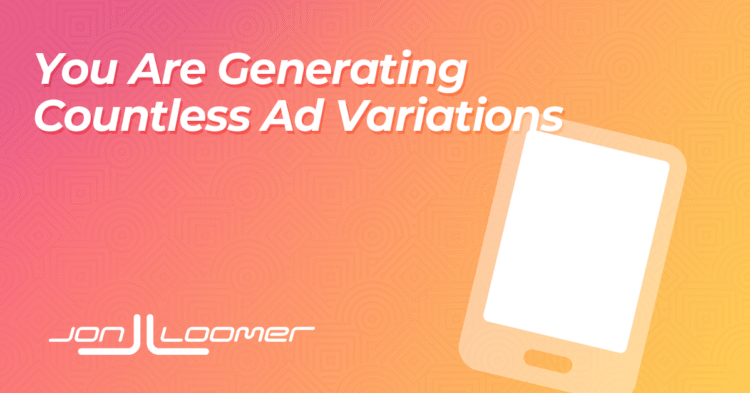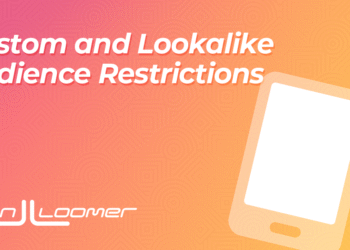How you create ads has changed quite a bit over the years. Many advertisers miss how this impacts their role in the process.
Let me explain…
Back Then
Up to 2017, ad creation was simple. You provided the following:
- 1 image or video
- 1 primary text
- 1 headline
- 1 description
You couldn’t customize by placement yet. So your ad had one possible combination of assets.
How it Works Now
But things are different now.
Let’s assume you create an ad with the following (which is a common, if not conservative, approach):
- 1 image
- 5 primary text
- 5 headlines
That’s already 25 potential combinations of creative assets.
If you’re good at your job, you replace the image with a video in the video-first placements, like Reels. Now you have 50 possible combinations.
[NOTE: I mentioned in the video that you could also provide up to five variations of descriptions. I swear that was possible once, but it’s not now. Don’t let that distract you from the core point.]
You could also accept Meta’s AI-generated text recommendations (use Branding to improve the output):
- 5 more primary text
- 5 more headlines
Now there are 400 combinations. And this doesn’t consider how you might use different aspect ratios by placement.
It also assumes you didn’t turn on any Advantage+ Creative enhancements. Because if you did, we’re talking many thousands of combinations.
This Matters
This matters when it comes to your role as an advertiser. It’s different now.
Originally, it was easy (and reasonable) to isolate the best-performing combination of assets. But now, you are generating countless combinations of copy and creative. It’s not only impossible in many cases to isolate the “best,” it’s often unnecessary.
Why? A single high-performing ad is composed of many high-performing combinations.












